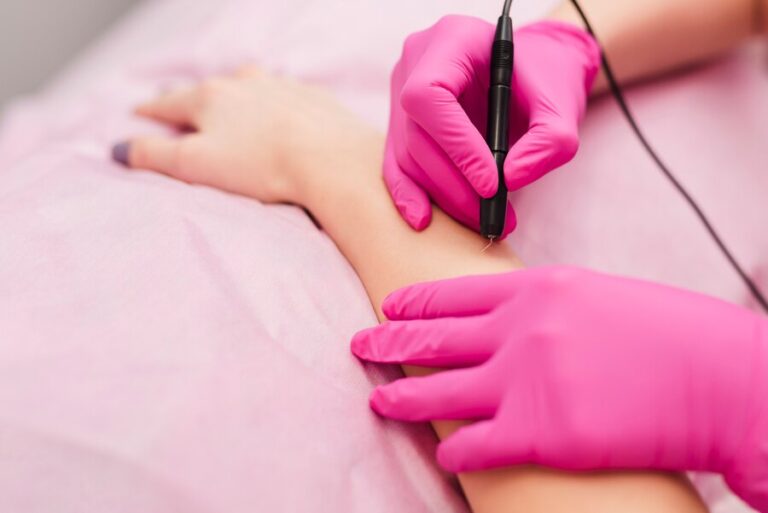Lipoma Removal
Lipoma removal, also known as lipoma excision or lipoma surgery, is a medical procedure performed to remove a lipoma, which is a benign tumor made up of fatty tissue. The procedure is typically done under local anesthesia on an outpatient basis, meaning the patient can usually go home the same day.
During the procedure, the surgeon makes an incision over the lipoma, carefully removes the fatty tumor, and closes the incision with stitches. In some cases, the lipoma may be removed using liposuction techniques, which involve inserting a thin tube called a cannula to suction out the fatty tissue.

Symptoms
Lipomas typically do not cause pain, but they can become uncomfortable if they press against a nerve or develop near a joint. Many individuals with lipomas do not experience any symptoms. Characteristics of lipomas include:
Encapsulation: Lipomas are typically encapsulated, meaning they do not spread to surrounding tissues.
Painless: While lipomas are generally painless, some may cause discomfort or pain depending on their location, size, and proximity to blood vessels.
Round or oval-shaped: Lipomas commonly present as round or oval-shaped fatty lumps of rubbery tissue, often exhibiting symmetrical features.
Mobile: Lipomas are movable and sit just beneath the skin’s surface, shifting when touched.
Size: Lipomas are usually smaller than 2 inches in diameter, but in some cases, they can grow larger, even exceeding 6 inches in size.
When to access Medical Care
If a lipoma is causing significant discomfort or interfering with daily activities, surgical removal may be recommended. While lipomas are typically harmless and often don’t require treatment, there are instances where removal becomes necessary for alleviating discomfort or addressing cosmetic concerns.
Determinants of risk
Indeed, certain factors can increase the likelihood of developing a lipoma:
Age: While lipomas can occur at any age, they are most frequently observed between 40 and 60 years old.
Genetics: There appears to be a hereditary component to lipomas, as they tend to run in families. Individuals with a family history of lipomas may have a higher risk of developing them themselves.
Recovery process
Recovery duration varies, contingent on factors like patient characteristics, chosen procedure, and the extent of severity.
Why entrust your care to us?
At Steps 2 Cure, our foundation of trust is built upon several key pillars that ensure your confidence in our services and expertise. Our team comprises highly qualified professionals with extensive experience in their respective fields. Their knowledge and skills enable us to offer you the best possible care and solutions for your medical needs. We understand that each individual is unique, and so are their healthcare requirements.
That’s why we prioritize tailoring our treatments and approaches to your specific circumstances, ensuring that you receive care that is truly designed for you. You are at the heart of everything we do. Your comfort, concerns, and aspirations guide our efforts. Our compassionate approach ensures that you feel valued and supported throughout your healthcare experience.
To commence the treatment procedure, you can start by forwarding your questions via WhatsApp at (+91 9999652964) or by sending an email to care@steps2cure.com. Our team will ensure a swift response to your queries.
Abdominoplasty
Still have a Query?
Your health and peace of mind matter to us, and we’re dedicated to addressing any inquiries you may have with care and expertise. Feel free to reach out.
